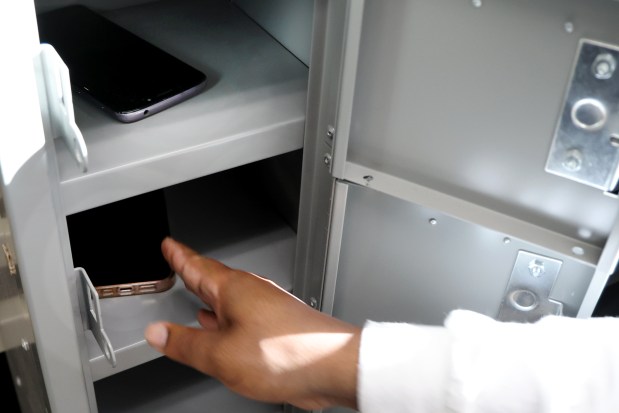In northern Lake County exists a piece of wilderness where wetlands, small lakes and an oak woodland form a healthy ecosystem. It’s surrounded by agricultural fields outlined by shrubby oases for birds, mammals and other flora and fauna.
A key is required to access an old, dirt and gravel road that traverses this place. I go there once a year on spring bird count day. On this year’s count, tree swallows and barn swallows, back from the South, pulsed above the water, skimming for insects while chattering. A great egret flew like a spirit from one perch to another, unaware that I was bedazzled by its grace and extreme white feathers.
The soft blue flowers of Jacob’s ladder appeared here and there in the landscape, amid shooting stars just opening their blooms.
The downward whinny of the sora, a secretive rail, floated across the wetland. If it ever peeks its head out of the cattails, it will appear as a chubby-bodied bird with gangly feet and legs and a bright yellow bill.
These experiences elicit joy, sorrow, elation, otherworldliness and gratitude, all mingled into a temporary, but powerful peace. For a moment, it’s proof that life is good.
My companion and I started that spring bird count day at 5:30 a.m. at Ryerson Conservation Area. At that early hour, I can conjure a sense of wilderness, too, as I walk along the Des Plaines River. A golden-winged warbler, on its way to its northerly breeding grounds, sang its unusual, buzzy song. Binoculars poised to focus on the warbler put me in another dimension where I could easily see the black throat, black eye line, golden head and matching golden wings on a bluish-gray back with soft white undersides.
I was the only one who saw this bird in this way at this time. Further down the trail, a hooded warbler sang its melodic “taweeta-weeta-WEETEEO,” and though I know it was singing to attract a mate, it was easy to imagine it was also singing for me. Again, a pair of binoculars allowed me to enter the warbler’s world as it lifted its black-hooded head, complemented by a bright yellow body, to sing.
These tiny songbirds, weighing less than an ounce, have traversed their own wilderness, the big starry sky. In the darkness of night, they fly, sometimes encountering obstacles such as rain and wind, and a foreign world below of dangerous lit skyscrapers.
That’s why seeing these colorful warblers is so special. You know they have made it this far on their journey.
Our best experience on the count that day was happening upon a fallen tree with many dead leaves still attached, right next to us, and the trail we were walking. We heard a rustle in the leaves, and a weasel peered out, then retreated. A moment later, it emerged nearby carrying a vole in its mouth, something I had never seen before, and perhaps an example of what being in real wilderness is like.
When I get to my afternoon secret place, that sense of wilderness becomes even stronger.
Walking through thorny bushes and atop uneven terrain with wet spots, I wonder if that’s how the European settlers felt when finding their way in a strange and new world. Having walked eight miles, I felt my legs buckle a bit trying to step over a fallen log. It was scary. It was exhilarating.
Miles away, scores of great birders were documenting rare species like king rails and loggerhead shrikes in Lake County on that second Saturday in May. Both of those species are state-endangered and really difficult to find.
What’s even more difficult to find in the 21st century on Earth, however, is a sense of what it’s like to be in the wilderness, a mere human amid so many wild plants, insects, birds and mammals interacting in a place where many care not to understand or experience.
World leaders need to believe the words of American author Wallace Stegner: “We simply need that wild country available to us, even if we never do more than drive to its edge and look in. For it can be a means of reassuring ourselves of our sanity as creatures, a part of the geography of hope.”
Save our wild areas. We all need a geography of hope.
Sheryl DeVore has worked as a full-time and freelance reporter, editor and photographer for the Chicago Tribune and its subsidiaries. She’s the author of several books on nature and the environment. Send story ideas and thoughts to sheryldevorewriter@gmail.com.




